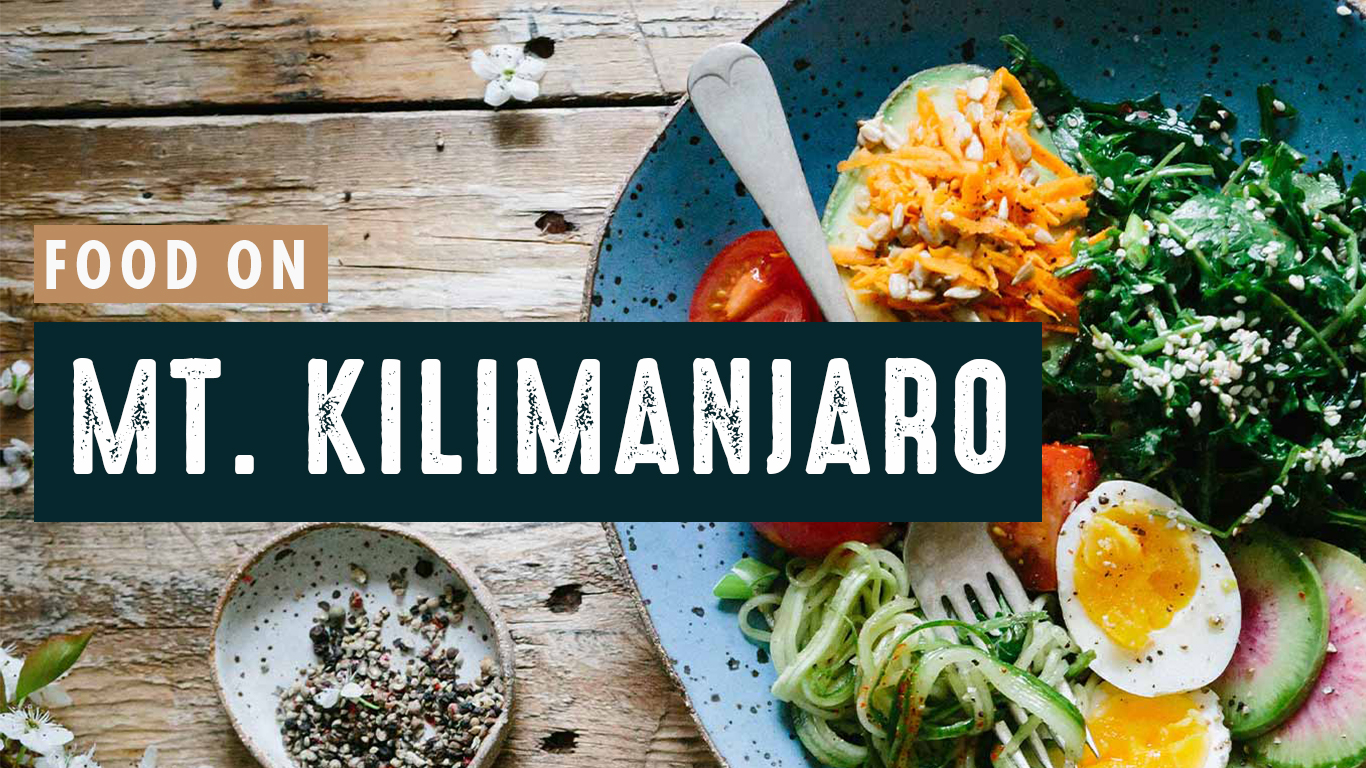
In addition to your gear and clothing, you will need to pack enough food and water to keep yourself hydrated and energized while you hike. By the time you are ready to attempt your Kilimanjaro climb, you should be able to comfortably carry three (3) liters of water as well as your lunch and some nutritious trail snacks in your pack. When you add in all of your gear, you can expect your backpack to weigh in at somewhere between 15 and 25 pounds. After four months, your mid-week workout routine, together with your weekend training hikes should find you strong enough and confident enough to comfortably carry this fully loaded pack on your back for the entire eight day Kilimanjaro trek!
Being adequately hydrated affects everything from how happy you are to how healthy you stay. Lack of water will increase your blood pressure. Your blood thickens and is not as efficient at transporting nutrients to your muscles. This makes you more susceptible to cramping, hypothermia, hyperthermia, and altitude sickness. Dehydration is often identified by a range of symptoms including headaches, dizziness, and cramping.
Being hydrated means your body temperature will be more easily regulated, vital organs will have the cushioning and protection needed to keep you safe and your digestive system will be properly aided. How do you know if you are drinking enough? “A happy mountaineer voids clear”. That simple rhyme can save your life. Check your urine. It should be clear or light yellow, not dark yellow or worse, gold. If you are voiding clear several times a day, you’re in good shape.
Developing a way to stay hydrated on the trail is simple but takes practice. First you should consider using a water bladder and hose delivery system which allows you to enjoy small sips of water every 10 or 15 minutes during your hike without having to stop and take out a water bottle. Water bladders come in many sizes and styles; the most recognizable being the Camelback and Platypus brands. They also come with many options to insulate and protect them against freezing- which you should absolutely purchase for your climb; it’s important that your water doesn’t freeze in the hose at high/cold altitude.
Next you will need to have several liter-sized bottle containers that will allow you to stop and take long, deep drinks of water on your rest stops. Nalgene makes a solid product line that fulfills this function. Bottles and bladders used together will complete your hydration system: One item that allows you to take small sips of water easily and often, while the other allows you to take long, deep drinks on your frequent rest stops.
In addition to drinking water, it is highly recommended that you replace lost electrolytes and sodium with some type of sports drink. A sports drink that includes both carbohydrates and electrolytes is recommended for any exercise session or hiking trek lasting longer than 60–90 minutes. The sodium in a sport drink will help the body absorb and retain the fluid and better utilize carbohydrates.
Drinking plain water during a hike or long-duration exercise session is not always effective for rehydration. For water to be retained it needs to be consumed with foods that contain sodium and other minerals. Recovery foods and beverages containing plentiful amounts of sodium include mixed nuts, baked potato chips, pretzels, pickles and crackers. If foods containing sodium are not readily available, a sports drink or
bar can be used to replace electrolytes. There are many commercially available products targeted at replacing electrolytes lost through exercise, including food, sports drink, sports gel, and sports candies.
Some of the sports drinks provide fluid and electrolyte intake with low amounts of carbohydrates, while others supply carbohydrates to meet recommended amounts in addition to the fluid and electrolytes. Some of the products are ready-to-drink formulas available in a bottle, while others are powder mixes sold in bulk or individual servings that are added to water. You are now ready to load your backpack with plenty of water and experiment with whatever sports drinks work best for you!
Hikers wanting a winning edge or improved performance on the trail need to understand what to eat, how to eat it and when to eat it! If you drink enough water and eat a balanced diet, your body can make energy efficiently to fuel top performance. By eating smart, you can make the most of your hiking talents and gain more strength, power and endurance as you train. Base your diet on a variety of factors including your age, size and physical condition and the type of exercise you are doing.
But remember; always consult your personal health care provider for individualized nutrition advice. When hiking you can expect to burn between 300 to 500 calories PER HOUR! If it is extremely hot or extremely cold out, you can expend an additional 100 calories per hour on top of that! If you wish to stay happy, remain healthy and keep going, you will need to eat a balance of complex carbohydrates and fats (for sustained energy), fast-acting simple sugars (for quick bursts of power) and plenty of protein (to aid recovery). To do this, you should snack hourly and eat regularly. Just like your hydration bladder, your snacks need to be quick, easy, bite sized, accessible, and able to be eaten on the go. Think nuts, seeds, jerky, trail mix, fruit roll-ups, fuel bars, and granola.
Your hiking meals, just like your bottle of water, is something you stop to enjoy. Unpack it, sit and take many bites. Think sandwiches- turkey or peanut butter and jelly with honey, bananas, wraps, cheese and crackers, hard boiled eggs, fruit, chips, pretzels, things like that. Now that you know what type of foods you should be eating, load your backpack with those choices and use your training hikes to see what works best for you!






